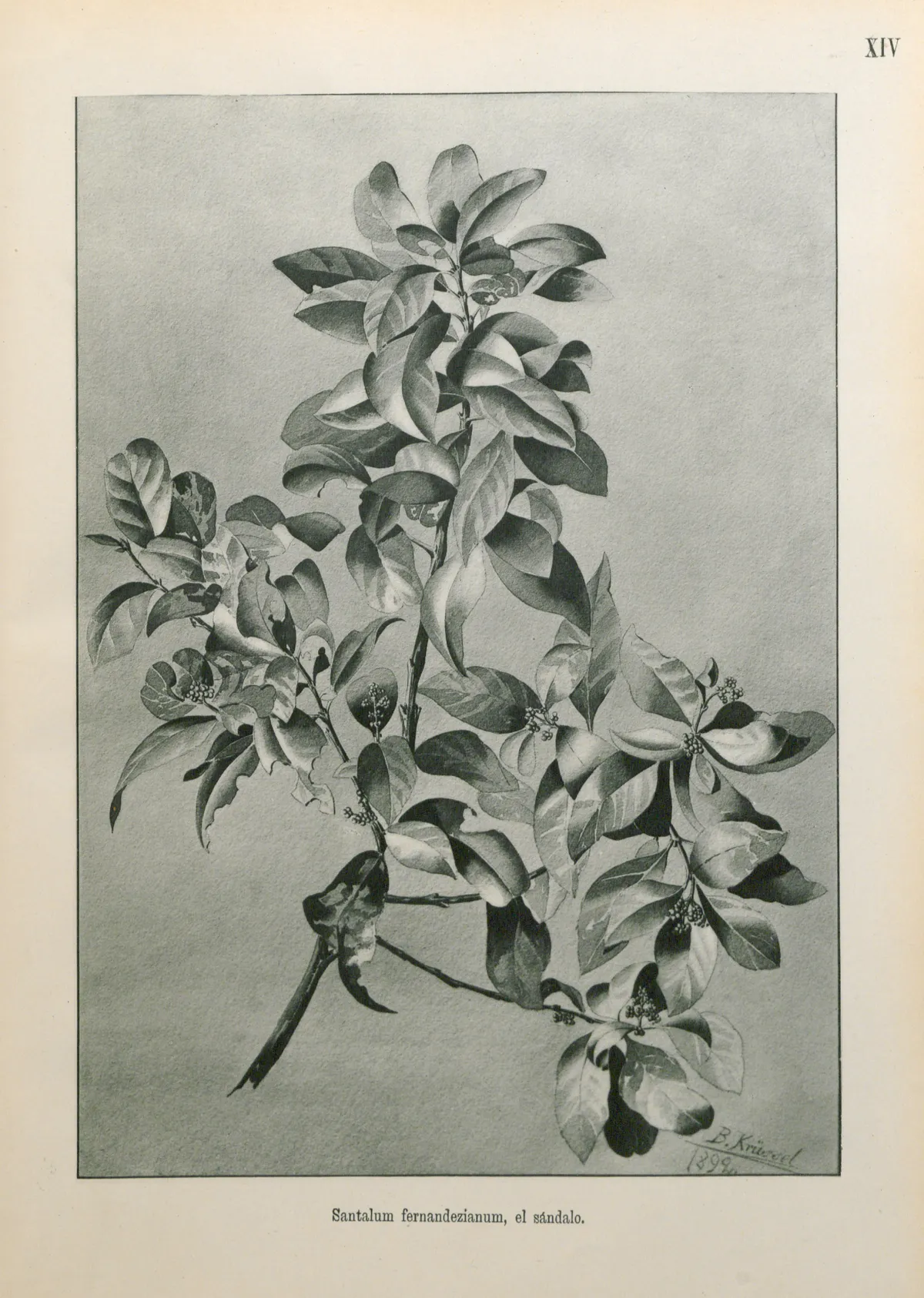Research from the Royal Botanic Gardens, Kew, and the Stockholm University shows that in the past two and half centuries, 571 plant species have disappeared.
“Most people can name a mammal or bird that has become extinct in recent centuries, but few can name an extinct plant," says Dr Aelys M Humphreys, author and assistant professor at Stockholm University.
"This study is the first time we have an overview of what plants have already become extinct, where they have disappeared from and how quickly this is happening. We hear a lot about the number of species facing extinction, but these figures are for plants that we’ve already lost, so provide an unprecedented window into plant extinction in modern times."
The list of extinct species was collated from data from fieldwork, literature and herbarium specimens.
The highest rates of plant extinction have taken place in regions where there are unique species vulnerable to human activities – on islands, in the tropics and in areas with a Mediterranean climate.
The scientists found that plant extinction was occurring up to 500 times fast than the 'natural' background rates of extinction (the normal rate of loss prior to human intervention), but believe that the numbers also underestimate the true levels of plant extinction.

“To stop plant extinction, we need to record all the plants across the world – the naming of new species is a critical piece of the puzzle in the wider push to prioritise conservation of our precious natural world for generations to come," says Dr Maria S Vorontsova, co-author of the study and plant taxonomist at Royal Botanic Gardens, Kew.
"To do this we need to support herbaria and the production of plant identification guides, we need to teach our children to see and recognise their local plants and most importantly we need botanists for years to come.”
Read the paper in Nature, Ecology & Evolution.
Main image: The St Helena olive became extinct in 2003. © Rebecca Cairns-Wicks

